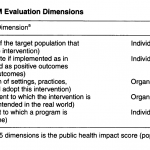Epigenetic clocks are powerful tools that can provide valuable insights into chronological and biological age. However, it is important to approach their use with caution and understanding of their limitations. Different tissues exhibit varying patterns of omics data change with age, and relying solely on blood samples may not provide a comprehensive picture of an individual’s aging process. Researchers should consider the broader effects of aging on the entire organism and be mindful of the complexities of interpreting epigenetic clock data. By recalibrating concepts of epigenetic aging clocks and contextualizing their results within biological pathways, we can gain a deeper understanding of the aging process and its impact on health outcomes. Remember to approach epigenetic clocks with a holistic mindset, acknowledge their limitations, contextualize results, and model biomarkers on biological pathways to avoid black boxes.





